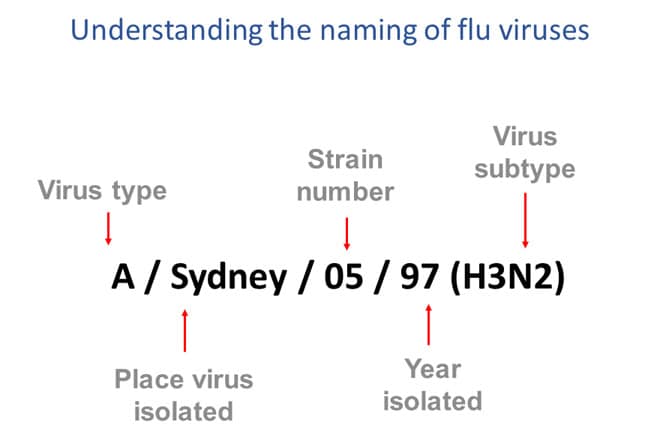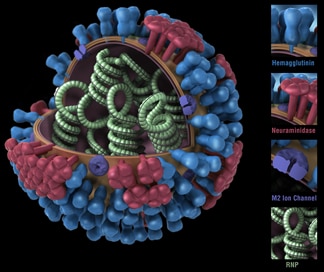Key points
This page provides a brief background, timeline, and summary of significant past outbreaks of bird flu in wild birds, domestic poultry, and people.
Background
The first description of avian influenza (bird flu) dates to 1878 in northern Italy, when it was described as a contagious disease of poultry associated with high mortality, referred to as "fowl plague." At the turn of the 20th century, it was determined that "fowl plague" was caused by a virus; however, it was not until 1955 that the virus was shown to be a type A influenza virus. In 1971, influenza viruses were first classified based on the antigenic properties of their structural and surface proteins: the nucleoprotein (NP) [type] and hemagglutinin (HA) and neuraminidase (NA) [subtype] proteins, as well as the species of origin. By 1980, researchers were using this system to classify influenza viruses regardless of the species of origin. This naming tradition is still used today. By 1981, the term "fowl plague" was substituted by the more appropriate term, avian influenza, at the First International Symposium on Avian Influenza.
Avian influenza A viruses are further classified into two categories: highly pathogenic avian influenza (HPAI) and low pathogenic avian influenza (LPAI) A viruses based on specific criteria (viral characteristics and mortality in experimentally infected chickens1). Most bird flu viruses are low pathogenic and cause few or no signs of disease in infected wild birds. LPAI viruses also cause either no signs of disease or mild disease in chickens and other domestic poultry. In contrast, HPAI viruses can cause severe disease and high mortality in infected poultry yet cause little to no disease signs in certain wild aquatic bird species. While classification as an LPAI or HPAI virus refers to the severity of disease in infected poultry, both kinds of avian influenza A viruses have caused severe disease in infected humans.


